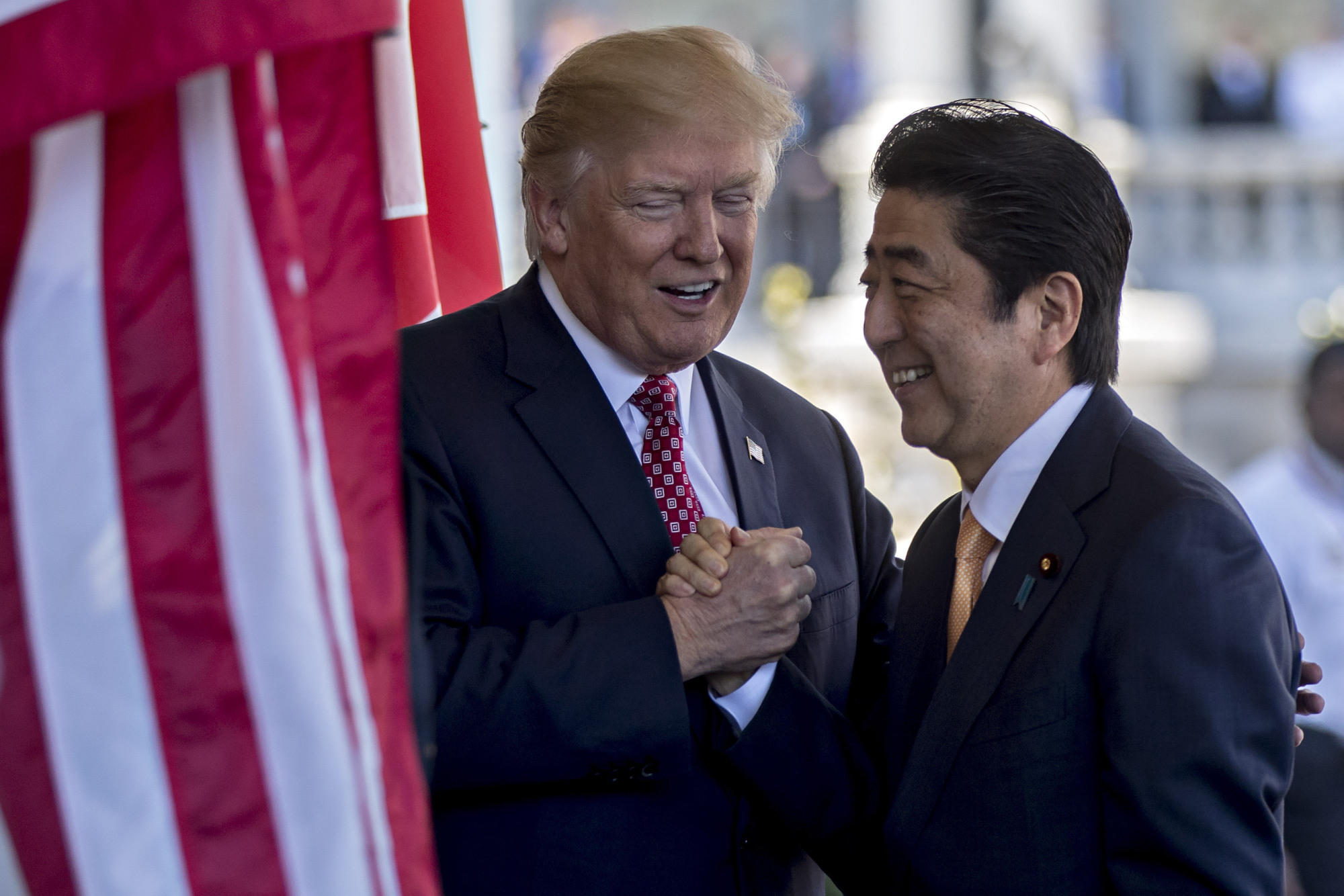The February meeting between Prime Minister Shinzo Abe and U.S. President Donald Trump will likely be remembered in the long history of summits between top leaders of Japan and the United States in the postwar years — beginning with the 1951 talks between Shigeru Yoshida and Harry Truman — for the extraordinary welcome with which the host U.S. president received the visiting Japanese prime minister. The Abe-Trump summit was also unprecedented in terms of the difficulty of reconciling its agenda, priorities and negotiation processes between the two sides.
Ahead of the summit, Tokyo's greatest fear was that the new Trump administration would demonstrate little interest in the shared values of the U.S. and its allies, and would instead seek to link different areas to its advantage when negotiating with Japan. As it prepared for the talks, the Japanese side took pains to ward off any attempt by the U.S. to link politics with security issues, security with economic issues, trade with currency policies and, most importantly, Japan with China.
Japan managed to cut off the potentially riskiest area of a linkage between politics and security by having the U.S. commitment to Article 5 of the Japan-U.S. security treaty clearly mentioned in the joint statement by Abe and Trump. The issue will no longer become a bargaining chip in Trump's "transactional" style of negotiation. This may well have been the most significant success of the summit, since it relieves Japan of the need to practice "supplicant diplomacy" of approaching American leaders time and again in order to confirm U.S. abidance to its obligations set under Article 5.


















With your current subscription plan you can comment on stories. However, before writing your first comment, please create a display name in the Profile section of your subscriber account page.